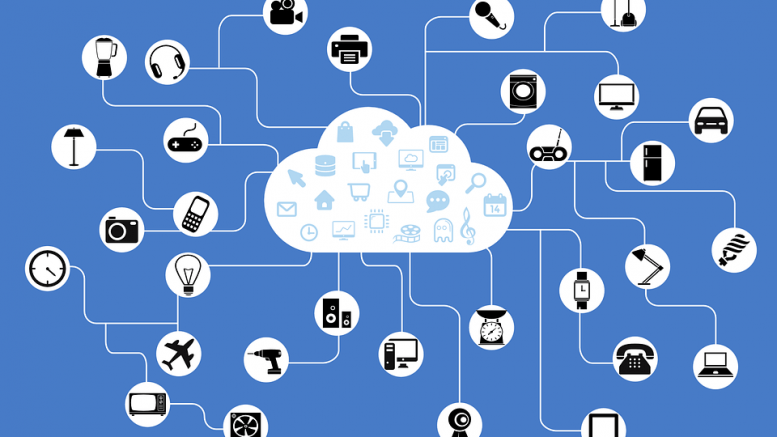The Internet of Things is a fairly new industry that has come up around the age of information, the internet, and social media which is defined as “a proposed development of the Internet in which everyday objects have network connectivity, allowing them to send and receive data.” At a conference held by The Energy Conference Network, IoT Houston was my first real introduction into this development and I have to say it is absolutely fascinating, especially if you are a science fiction tech junkie like myself, I have to say my first thoughts were Cyberdine, Skynet and when is Sarah Connor going to come through the door with a T100. Although this never happened I did learn about how autonomous computer decision making using artificial intelligence can be applied directly to business operations and asset management for Oil and Gas. The applications of this technology will revolutionize how business is done.
This technology can make real time decisions based on real time live streaming data from algorithms designed based on how your organization uses and consumes data. As you can imagine this requires constant monitoring and storage of large amounts of data, so this is a cloud based solution for managing these systems. Using IoT systems and software can automate everyday activities that usually require management and oversight from several different departments and divisions down to a single database and interface monitored by a few individuals. It also creates connectivity and organization to things that were once disconnected and discombobulated into a single standardized structured protocol, and streamline business processes by defining the workflows that are derived from the analysis of having these everyday objects connected and speaking with each other. There are companies out there leveraging this technology right now. An Operator these days can have sensors and monitors augmented to their wells and facilities, and capture data on all the processes. Then use this to design a virtual reality training program to use on employees to handle emergencies, and learn to repair the facilities on perfect replicas of the equipment. The possibilities of how this technology can be implemented are boundless.
On the other hand, this is in a sense, a Pandora’s Box. This is a relatively new development in the infrastructure of information and the internet. These analytical techniques are based on predictive and proactive applications. Fundamentally the root of science is the study of chaos, not everything acts the same way every time. If that were the case, what a boring world this would be. So what happens and who is responsible when something goes wrong? A hot topic of discussion was data ownership. There doesn’t seem to be a question of who owns the data that is captured, such as the Operator but who owns the data produced from the algorithms and used to make these decisions. When there is no ownership of the data or that principal has not been established it calls into question the accountability. If no one is responsible for the data, then whom is held accountable when a mistake occurs? These are questions I haven’t quite been able to attain answers to. Rest assured I will keep looking though.
I believe that IoT and GIS will eventually marry in some form or fashion as GIS is prevalent and pervasive in internet culture through applications like Google Maps and AcrGIS Online. Both dependent on Cloud Services, it’s just a question of when. Once people know what everything is doing, it will just be a matter of time before they want to know where. Esri’s Insights for ArcGIS is the first step in this evolution and vendors are catching on. Are you?






Be the first to comment on "Pardora’s Box – Is Everything of the Internet?"